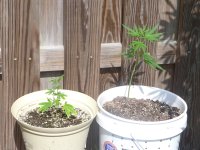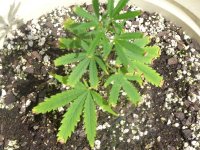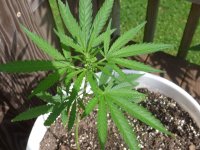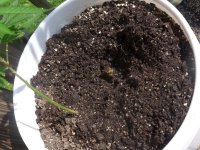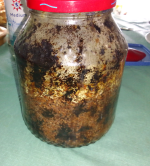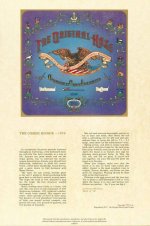Thought id share a little stuff i got going on today, his is me utilizing EMa to do some Bokashi fermenting without buckets in glas containers.
Poor mans Bokashi
Besides the starting solution nothing was specifically purchased to make this, all items where withing the household or would have been ejected from.the household as wasteproducts.
Items used:
Liquid EM solution and random sugar source with tapwater for EMa solution.
One Glass was Eggshells with spent Coffegrounds that at one point wasnt closed properly, had fly larva in and stunk so i topped it off with EMa again screwed lid on properly and fermented them alive.
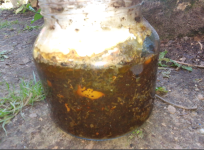
One Glass only Banana peels + EMa
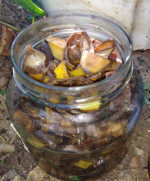
One Glass Linseed cake + EMa
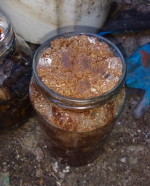
Trashy 10L bucket
Small shovel and a stick (just to be exact)
The one thing i really did on purpose was the Banana peels Bokashi as a PK rich amendment.
Coffee & Eggshells was combined on purpose but rather experimental version
Linseed cake just wasnt used for anything and probably full of goodies i didnt even check what to expect but it will be good i guess
Everything was ferment for 4- indonknowhowmany weeks. Pretty neglegted 'project'
Not even sure that my EMa solution works properly anymore but at leats the coffee one had bigbass mycelium on top...sexy...and a little scary for first timers...
Long story short, all this needs to break down in soil and i plan on using these 10L of recycled soil and bokashi as an upcycle for both to end up with a very rich 10L of Bokashihumus for topdressing, compost tea, soilmix...whatever your style is.
Just added layers of soil - bokashi - soil - bokashi - soil anlet it rest forr some weeks and then give it a mix. Thats the plan.
Bottom layer of soil
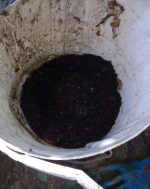
Coffee and Eggshell bokashi (buried it deep still stinks like shit and coffeeine)

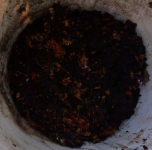
Next layer of soil- above it - next layer of bokashi (Banana peels and Linseed cake bokashi)
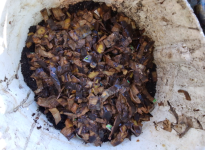
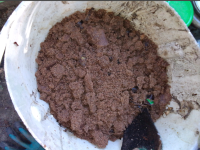
Sealed off by anothe layer of soil lightly pressed on
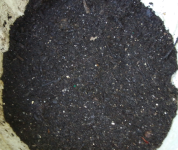
Snail came around to approve its all natural...
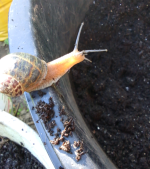
I hope i could inspire a few to try homemeade bokashi as a base to mix with your soil and reuse it, fermented foodwaste is often a higher quality input than what you can buy in bulk and easy to make. I wouldnt rely on it only the way i just showcased but it sure is a great way to recirculate organic matter and microorganism into exhausted growsoil.
The enzymes from the EM break down a lot of stuff and are -living- thus i wanted to post this in the living soil thread.
Plus fungi and worms will love a proper cooked Bokashi base.





